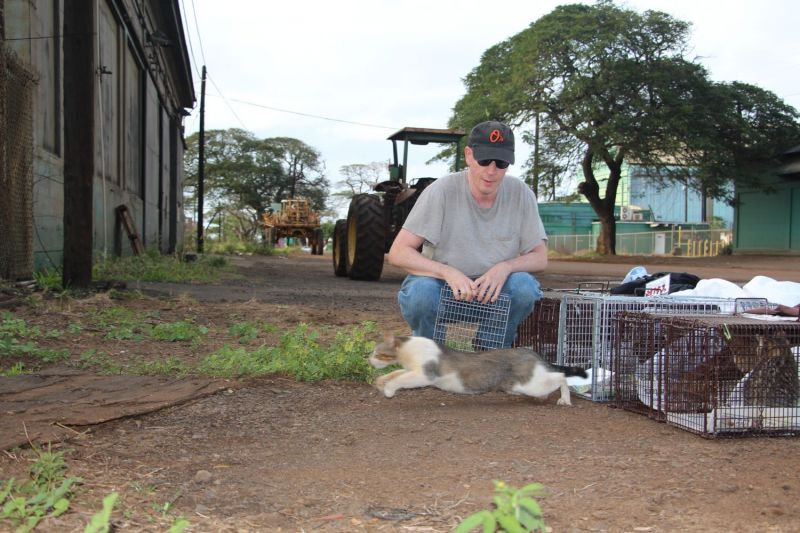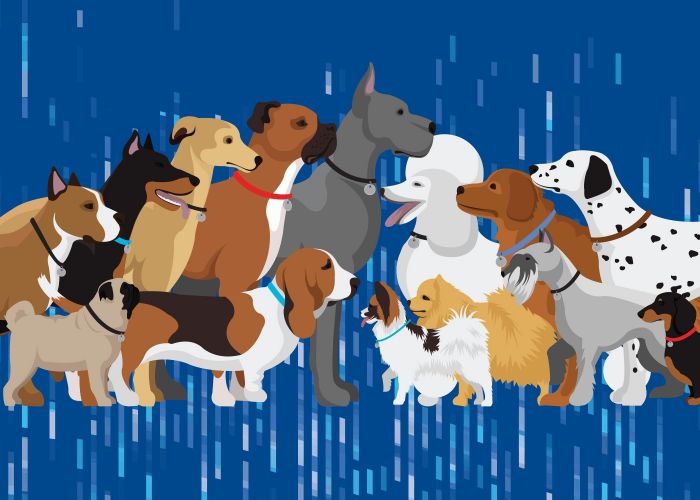The future of TNR training
Online TNR certification workshop from Neighborhood Cats, the Community Cats podcast helps programs train, recruit new volunteers

Neighborhood Cats’ trap-neuter-return certification workshops were born out of necessity, after a group of neighbors banded together to sterilize feral cats in Manhattan’s Upper West Side in the late 1990s.
“We started trapping cats on our own block, and pretty soon the requests for our volunteer services became overwhelming,” says national programs director and co-founder Bryan Kortis. “Then requests came in from outside our neighborhood. We all had full-time jobs. At the time, the idea of going to Brooklyn—you might as well have asked me to go to Georgia for a TNR project.”
Kortis and his team realized that they needed to empower ordinary people to do this lifesaving work in their own neighborhoods. “Otherwise, if it falls to a small group [of trappers], no matter how dedicated they are, it’s not enough resources to get it done,” says Neighborhood Cats executive director Susan Richmond.
A dozen people attended the first certification training, and within a year, “there were five nonprofits that came out of those 12 people,” Kortis says. “They were ready to go; they just needed someone to say go, run in that direction.”
Two decades and one global pandemic later, and the workshops that have been a longtime mainstay of TNR efforts in New York City are now available to anyone with an internet connection.

Driven by the need for social distancing, Neighborhood Cats partnered with the Community Cats Podcast to launch its first virtual TNR certification workshop last August. “We had no idea whether it would be 20 people or 50,” says Kortis. “Five hundred people registered, and we were like, ‘Oh my god.’”
In the 2.5-hour live workshop, Kortis covers TNR best practices and shows video footage of actual trapping projects while Richmond and Community Cats Podcast host Stacy LeBaron field questions in a virtual chat room. “We draw everything that we train people on from our own direct experience,” Kortis says. “We’re out there dealing with all the problems that everybody who does this work deals with, and that’s what we speak from.”
Along with the nuts and bolts of nabbing elusive felines and managing cat colonies, Kortis and his team provide a solid grounding in the “why” of TNR, enabling volunteer trappers to win the support of the cats’ human caretakers and neighbors.
The online format debuted at a perfect time for Dakin Humane Society in Massachusetts. With an in-house spay/neuter clinic, the shelter has “long provided the N part but not the T part” of TNR, says director of operations Karina King. That changed last summer, when the shelter formed its Kitten Street Team to coordinate and respond to the region’s TNR needs.
King knew from the outset that the team needed a way to recruit and train new trapping volunteers that didn’t overburden its small core of existing volunteers. The online certification workshop was the answer.
People who are interested in joining the Kitten Street Team must first watch the webinar and submit their certificate of completion to King. They then join the team with a basic knowledge base, so that seasoned trappers can focus on teaching them processes specific to Dakin’s program.
“Our trapping volunteers, their time is precious,” King says. The online workshop allows them to focus on training people who “know what they are getting into” and are more likely to become committed volunteers.
From August through mid-November, the Kitten Street Team TNR’d 68 cats, and through coaching caretakers, facilitated the sterilization of at least 100 more, King says. Nearly 50 young kittens and tame adults were removed from colonies and placed in Dakin’s adoption program.
Meanwhile, Neighborhood Cats and the Community Cats Podcast are helping other organizations use the monthly trainings “to build their crew of trappers, whether they have a specific TNR program, or they’re a clinic, or they want to do outreach in the community and help encourage folks with education,” says LeBaron.
By mid-January 2021, more than 1,600 people from around the globe had completed the online workshop. They’ve included not only people interested in volunteering with local TNR programs, but also caretakers and others focused on helping a single group of cats.
“That, to me, is the sign of a successful evolution of a communitywide program,” Kortis says, “when it’s not just the really dedicated people like ourselves who are doing it, but ordinary people are doing it. That’s how it becomes part of the gestalt of the community, when people see this as an issue and see TNR as the solution.”







